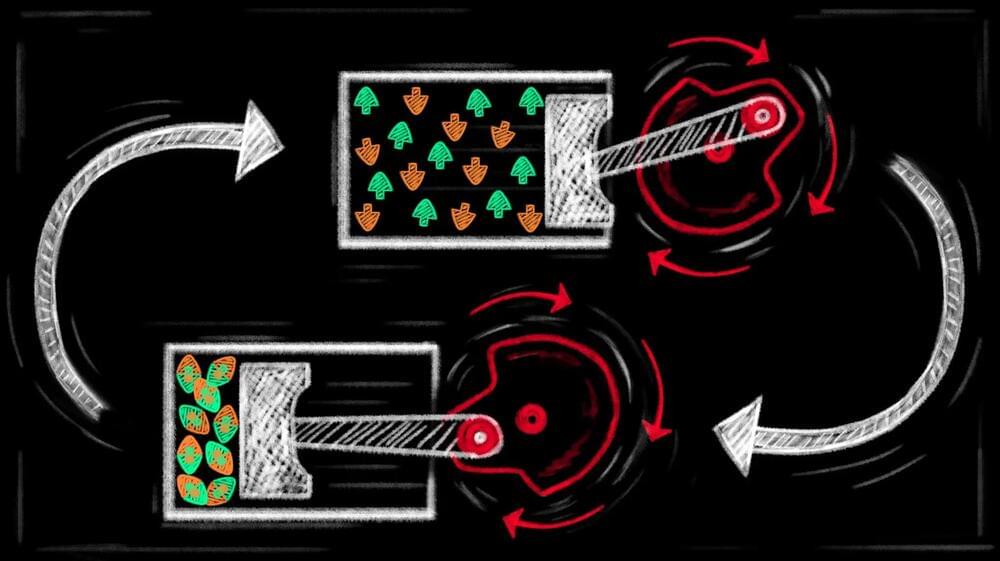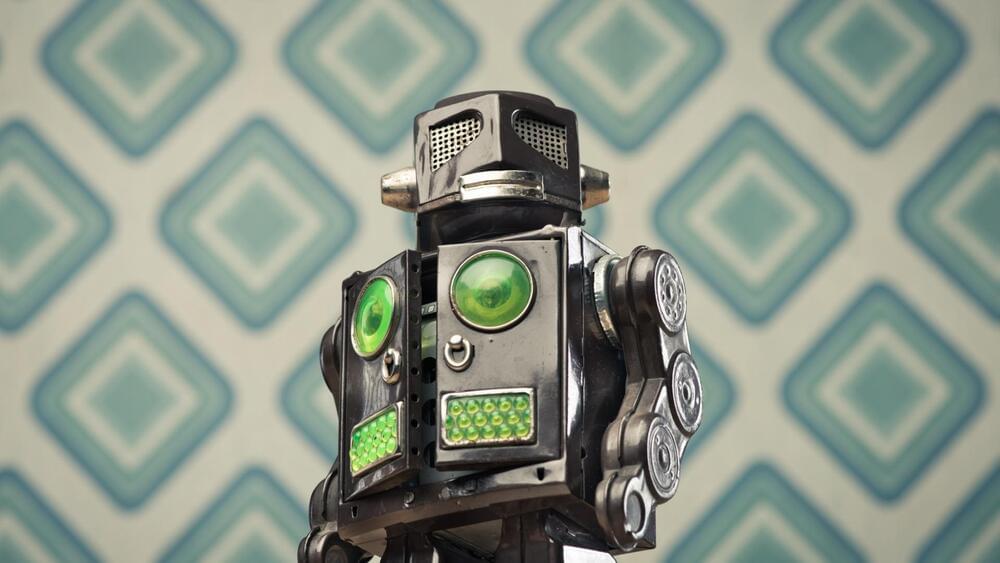What is TIME and from where it’s originates? What is the “Arrow of Time”?
Why time flows from the past towards the future? Why Time is a Fractal Flow?
What is TIME and from where it’s originates? What is the “Arrow of Time”?
Why time flows from the past towards the future? Why Time is a Fractal Flow?

Scientists unveil exciting possibilities for the development of highly efficient quantum devices.
Quantum mechanics is a branch of physics that explores the properties and interactions of particles at very small scale, such as atoms and molecules. This has led to the development of new technologies that are more powerful and efficient compared to their conventional counterparts, causing breakthroughs in areas such as computing, communication, and energy.
A quantum leap in engine design.

Study math for long enough and you will likely have cursed Pythagoras’s name, or said “praise be to Pythagoras” if you’re a bit of a fan of triangles.
But while Pythagoras was an important historical figure in the development of mathematics, he did not figure out the equation most associated with him (a2 + b2 = c2). In fact, there is an ancient Babylonian tablet (by the catchy name of IM 67118) which uses the Pythagorean theorem to solve the length of a diagonal inside a rectangle. The tablet, likely used for teaching, dates from 1770 BCE – centuries before Pythagoras was born in around 570 BCE.
Another tablet from around 1800–1600 BCE has a square with labeled triangles inside. Translating the markings from base 60 – the counting system used by ancient Babylonians – showed that these ancient mathematicians were aware of the Pythagorean theorem (not called that, of course) as well as other advanced mathematical concepts.

Diamonds are often prized for their flawless shine, but Chong Zu, an assistant professor of physics in Arts & Sciences at Washington University in St. Louis, sees a deeper value in these natural crystals. As reported in Physical Review Letters, Zu and his team have taken a major step forward in a quest to turn diamonds into a quantum simulator.
Co-authors of the paper include Kater Murch, the Charles M. Hohenberg Professor of Physics, and Ph.D. students Guanghui He, Ruotian (Reginald) Gong and Zhongyuan Liu. Their work is supported in part by the Center for Quantum Leaps, a signature initiative of the Arts & Sciences strategic plan that aims to apply quantum insights and technologies to physics, biomedical and life sciences, drug discovery and other far-reaching fields.
The researchers transformed diamonds by bombarding them with nitrogen atoms. Some of those nitrogen atoms dislodge carbon atoms, creating flaws in an otherwise perfect crystal. The resulting gaps are filled with electrons that have their own spin and magnetism, quantum properties that can be measured and manipulated for a wide range of applications.
While the Quantum Computer race is heating up with companies such as Atlantic Quantum Innovations joining the race, Google has published a plan to make Quantum Computers usable for everyday consumers by 2029. This is in hopes of revolutionizing Healthcare, finding room temperature superconductors, enabling with like artificial general intelligence through quantum AI and increasing supercomputer performance a million times. In this video, we’re exploring all of these secret projects and other Quantum Computing Companies.
–
TIMESTAMPS:
00:00 CPU’s, GPU’s and now QPU’s.
01:14 Google’s Secret Project.
04:36 Other Quantum Computer Companies.
07:17 Fastest Quantum Computer today.
–
#google #quantum #future
If you’re in the know, you might’ve heard of the AGI leaker Jimmy Apples recently. After having made several correct leaks in the past and having taken the AI community by storm after announcing AGI, he disappeared off of Twitter. In this video I’ll describe what happened and how credible this person is and whether OpenAI or Deepmind are the ones who are in the posession of AGI.
The Jimmy Apples leak document: https://docs.google.com/document/d/1K–sU97pa54xFfKggTABU9Kh…gN3Rk/edit.
–
TIMESTAMPS:
00:00 News from Jimmy Apples.
00:30 The AGI Leak Recap.
01:58 Why this AGI leak is real.
04:15 Why this leak is scary.
06:13 What speaks against the leak.
–
#neuralink #ai #elonmusk
This is a ~50 minute talk by Michael Levin to a clinical audience about bioelectricity and why it represents a new approach to medicine.

This article was featured in One Great Story, New York’s reading recommendation newsletter. Sign up here to get it nightly.
This past spring, Sam Altman, the 38-year-old CEO of OpenAI, sat down with Silicon Valley’s favorite Buddhist monk, Jack Kornfield. This was at Wisdom 2.0, a low-stakes event at San Francisco’s Yerba Buena Center for the Arts, a forum dedicated to merging wisdom and “the great technologies of our age.” The two men occupied huge white upholstered chairs on a dark mandala-backed stage. Even the moderator seemed confused by Altman’s presence.
“What brought you here?” he asked.

The recent ratification of the IEEE 802.11bb standard represents a seismic shift in wireless communication, offering a new frontier that goes beyond Wi-Fi: LiFi (Light Fidelity). Utilizing infrared light instead of radio waves, this standard brings LiFi technology closer to mainstream adoption. This article delves into what this innovative standard means for various applications, including smart homes, healthcare, retail, and more.
The Core of IEEE 802.11bb
The IEEE 802.11bb standard serves as a robust framework for secure, reliable, and high-speed wireless communication. Unlike traditional LiFi that used visible light, this new standard utilizes infrared (IR) lightwaves, invisible to the human eye but highly effective for transmitting data at lightning speeds.
